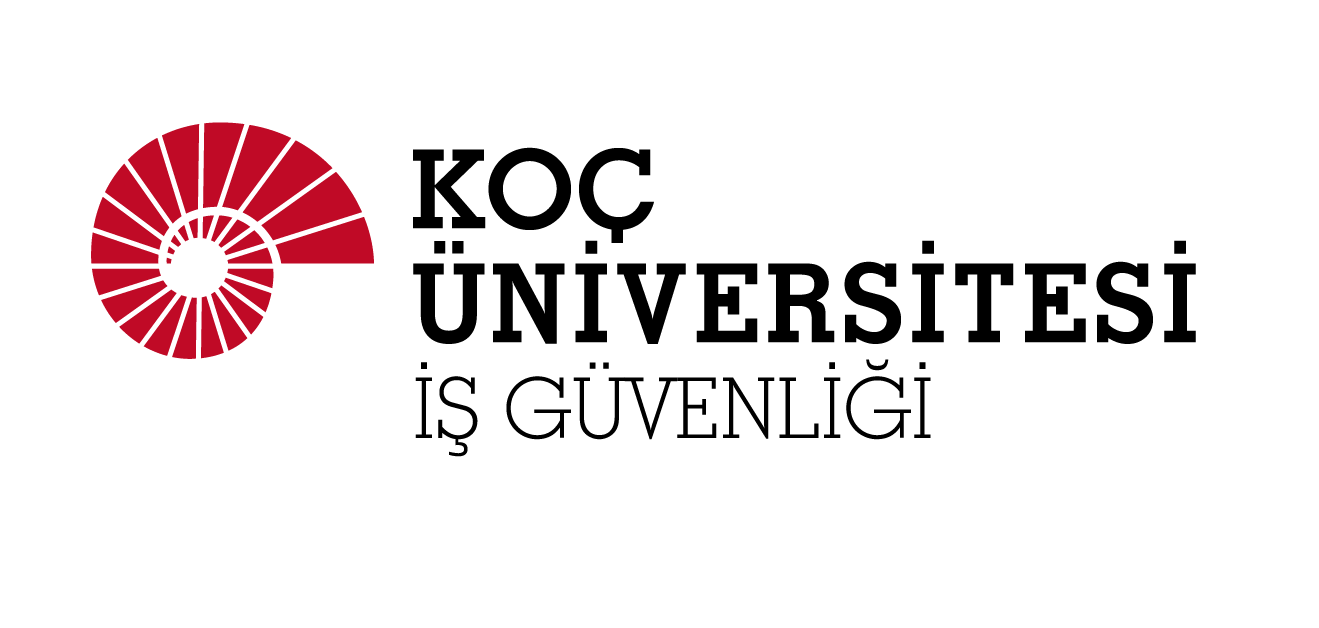Dust and Particle Protection
There are two types of protection against dust and particles:
- FFP coded dust masks complying with EN 149 standards.
- P coded filters (for half-face and full-face masks) complying with EN 143 standards.
| Dust and Particle Protection Levels: | |
| FFP EN 149 | Minimum Protection Rate |
| FFP1 | 78% |
| FFP2 | 92% |
| FFP3 | 98% |
Selection of the Level of Protection
The choice of incorrect respiratory protective equipment can lead to serious health risks and diseases.
NPF (nominal protection factor) and APF (assigned protection factor) are crucial in the selection of suitable respiratory gear. NPF is calculated by considering the highest penetration rate allowed by European standards. APF is the protection factor that is established by taking samples from real-life working environments, which will be encountered by 95% of users.
The other important consideration is the Occupational Exposure Limit Value. This refers to the limit value of the time-weighted average concentration in the air in the breathing zone of the worker, within the specified reference time interval. In other words, this is the limit value that workers are exposed to every day that does not have negative effects on their health.
This value is also displayed as TLV (Threshold Limit Value). Based on scientific studies of workplace hygiene, it is expressed in units of mg/m3 or ppm.
| Dust Masks | Half Face Masks | Full Face Masks | ||||||
| Class | NPF | Max Cons. | Filter Class | NPF | Max Cons. | Filter Class | NPF | Max Cons. |
| FFP1 | 4 | 4×MMDS | P1 | 4 | 4×MMDS | P1 | 5 | 4×MMDS |
| FFP2 | 12 | 12×MMDS | P2 | 12 | 12×MMDS | P2 | 16 | 12×MMDS |
| FFP3 | 50 | 50×MMDS | P3 | 48 | 50×MMDS | P3 | 1000 | 50×MMDS |
Gas and Steam Protection
| Color Code | Filter Type | ||
 |
Brown | AX | Boiling temperature of organic compound gases and vapors <65 °C |
 |
Brown | A | Boiling temperature of organic compound gases and vapors >65 °C |
 |
Grey | B | Inorganic gases and vapors such as Chlorine, Hydrogen sulfide, Hydrogen cyanide |
 |
Yellow | E | For acid gases such as Sulfur dioxide, Acetic acid, Formic acid, Hydrofluoric acid |
 |
Green | K | Ammonia |
 |
Red | Hg | Mercury vapor |
 |
Black | CO | Carbon monoxide |
 |
Blue | NO | Nitrogen gases including Nitrogen Monoxide |
 |
White | P | Protection against dust and particles |
Selection of the Level of Protection
In order to select suitable protective equipment against gases and vapors, the name and the concentration of the chemical used must be known. Filters are grouped under 3 different classes according to their capacity:
| Class | 1 | 2 | 3 |
| Capacity | Low | Middle | High |
| Exposure Limit | 1000 ppm | 5000 ppm | 10000 ppm |
The total efficiency of the protection against gases and vapors is determined not by the filter but by the type of mask used.
| Half Face Masks | Full Face Masks | ||||
| Filter Class | NPF | Max Cons. | Filter Class | NPF | Max Cons. |
| Gas Filter | 50 | 50×TLV | Gas Filter | 2000 | 2000×TLV |
EN Standards for Respiratory Protection
EN 136: EN standard for full face masks.
EN 137: EN standard for respiratory cannisters and harnesses.
EN 139: EN standard for clean air supply masks.
EN 140: EN standard for half face masks.
EN 141: Gas/vapor filters and combined filters for negative pressure breathing apparatus.
EN 143: Particulate filters for negative pressure respirators.
EN 145: Compressed oxygen or compressed oxygen-nitrogen type, self-contained closed-circuit breathing apparatus.
EN 146: Self-contained open circuit compressor air that can be used with the headgear.
EN 148: Requirements for the threads of the face masks.
EN 149: EN standard for maintenance-free masks.
EN 270: EN standard for clean air supply heads.
EN 403: EN standard for escape masks.
EN 405: EN standard for maintenance-free gas and vapor masks.
